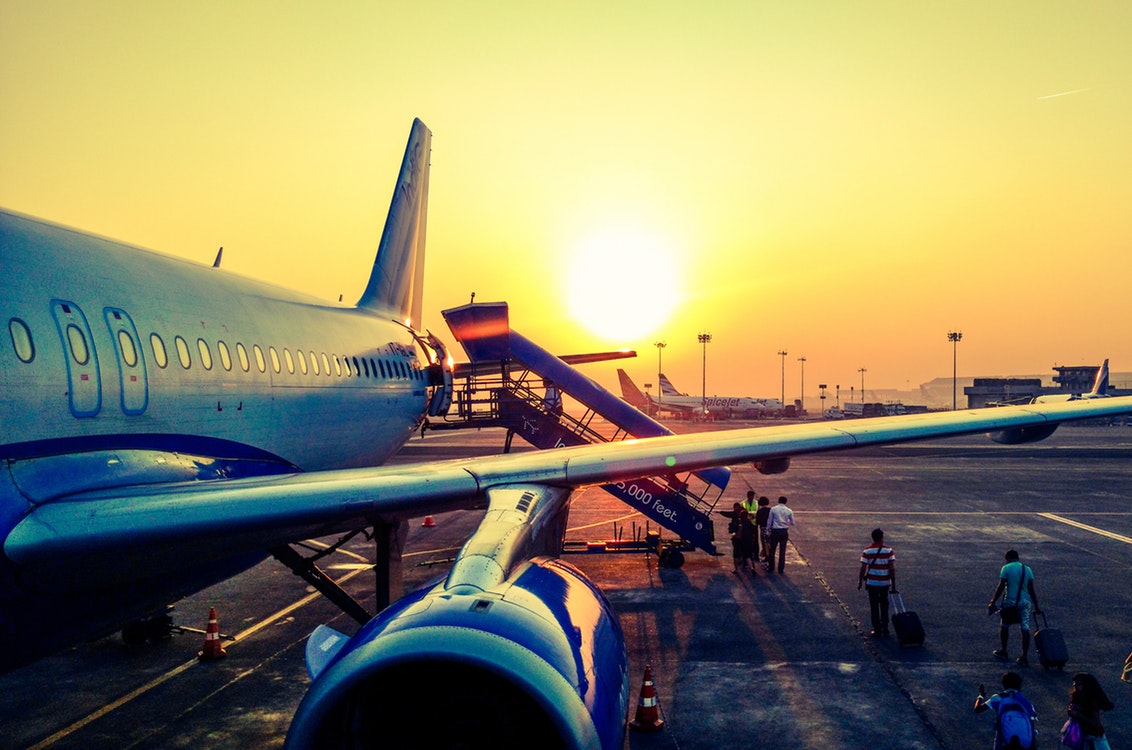Air passengers growing need for continuous digital experience is putting airports at jeopardy and at a greater risk of cyber-attack, as claimed by a new study.
A report from PA Consulting, creatively named ‘Overcome the Silent Threat’, claimed that a “hyper-connected model” consisting of travelers in airports wanting digital engagement and speedy internet brought “a larger attack surface for cyber criminals to exploit”.
According to the European Aviation Safety Agency, there were around 1000 cyber-attacks each month on the aviation system in 2016.
Just last year, Latam Airlines and Ukraine’s Boryspil airport were extensively hit by ransom-ware and in 2016 Vietnam airlines had to carry out their operations at airports by hand after hackers took down their website.
Global travel security lead at PA, David Oliver said, “There’s a steady trend of the customer being more demanding, expecting more and more connectivity and a more and more seamless experience and that puts the pressure on the airports to innovate . . . and integrate things in a way they wouldn’t have done previously.”
John Abel, a senior business director at Tech Company Oracle said that customers were creating “billions of data points” and this is leading to the securing of systems getting harder, he said, “Every connected device is increasing the amount of data we have to look at, so a human looking at the data can’t do it any more.”
Not only do these customers increase the risk of cyber-attack but the interaction of the different data used in airports also increases the risk.
Mr. Abel said these “external vulnerabilities, third-party companies, may mean security is not in your control.”
Mr. Oliver claims that he was surprised that cyber-security was not taken as seriously as physical and personal security is:
“Cyber is mainstream in that it’s on the risk register at executive level but it wasn’t mainstream with the same priority as the physical was.”
Let us know your thoughts below.

